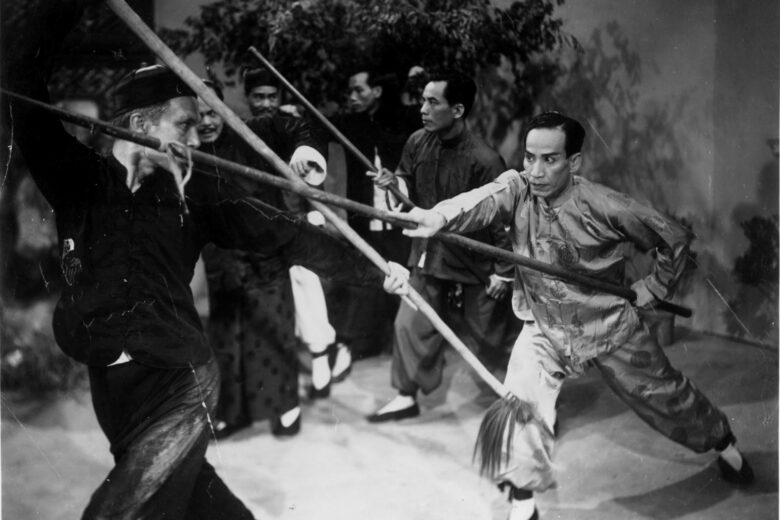A century has passed since the passing of kung fu master Wong Fei-hung, who remained relatively unknown throughout his life.
Po Fung devoted two decades to studying the life and era of the legendary
martial arts expert and traditional healer Wong Fei-hung
However, “over the last hundred years, his life story has accumulated layers upon layers,” remarks Po, leading up to the centenary of Wong’s passing this Wednesday, on April 17. “There aren’t any authentic documents, recordings, or even a photograph of him.”
The assertion about the lack of photographs is debated, and even the timing of his death is under scrutiny. Nonetheless, there is unanimous agreement regarding the significant impact this individual from Guangdong has exerted on Chinese culture throughout the last century.
As mentioned by scholars like Po—a prominent film critic and ex-researcher at the Hong Kong Film Archive (HKFA) who now enjoys retirement in Taiwan—Wong passed away destitute and disillusioned in 1925, unaware that he would later be revered as a legend. Over the past hundred years since his demise, this martial arts master has served as the muse for an unbroken succession of novels and comic books, along with over 100 films and TV shows beginning with “Wu Pang.”
The Tale of Wong Fei-hung, Chapter 1
, released in Hong Kong in 1949. Jackie Chan reprised Wong’s character in 1978’s
Drunken Master
, Jet Li followed suit in
One upon a time in China
In 1991, and more recently, Eddie Peng Yu-yan had his turn in 2014’s
Rise of the Legend
.
Are you looking for insights into the most significant issues and developments globally? Find your answers here.
SCMP Knowledge
, our new platform of curated content with explainers, FAQs, analyses and infographics brought to you by our award-winning team.
As a master of the southern style of kung fu,
hung ga
In particular, Wong shared knowledge that continues to be practiced by hundreds of thousands of students worldwide, but “what can we really say about him as an individual?” wonders Po. “We have limited information, which seems to let people imagine whoever they wish based on his legacy.”
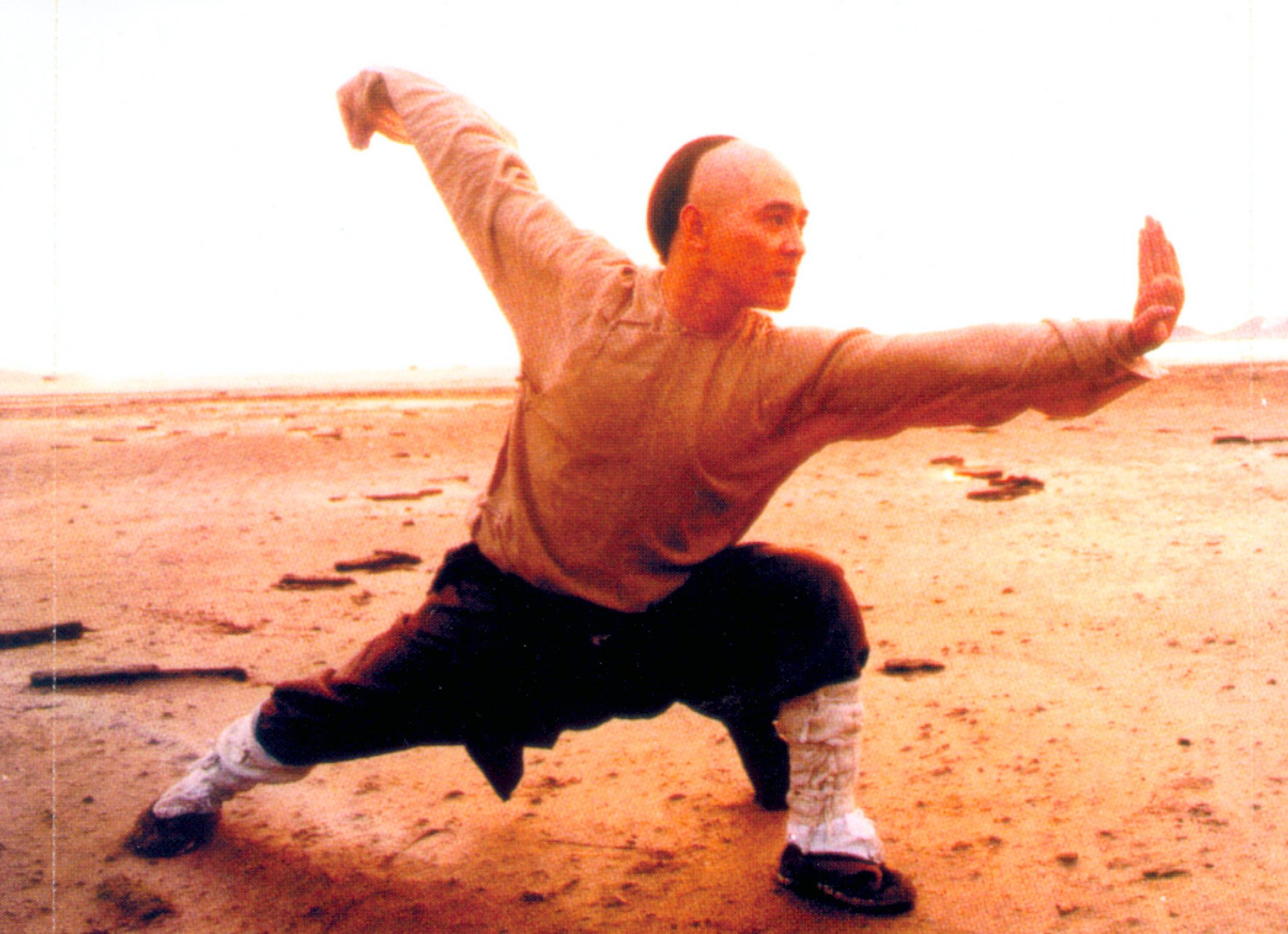
Many concur that Wong was likely born circa 1847 in the village of Luzhou within Guangdong province. He came from a lineage with strong ties to martial arts traditions. His father, Wong Kei-ying, counted among the “Ten Tigers of Canton,” a collective of martial artists whose prowess and instruction stemmed from the mythical Southern Shaolin temple—a place purportedly founded during the Tang Dynasty (AD 618–907).
When he passed away, Wong Fei-hung was locally renowned for his kung fu techniques. Additionally, he grew his father’s pharmacy and injury-treatment establishment, Po Chi Lam, into a thriving enterprise, complemented by an ancillary venture.
lion dances
On significant events across the area, this scenario was common. However, this universe crumbled towards the end of 1924, following the suppression of a rebellion by a regional military unit called the Canton Merchant Volunteer Corps by the Nationalist government’s troops. As a result, Wong’s enterprise and residence were ravaged. Historians say that Wong rapidly succumbed to sickness and hopelessness, ultimately passing away by April 1925.

Following that, Wong’s narrative simply disappeared,” states Po. “He seemed like an insignificant figure within his societal context back then; however, he reportedly had numerous followers. This is what initiated the process of turning him into a legend.
The narrative experiences its initial significant turn in 1934, when
The Life Story of Wong Fei-hung
– penned by Zhu Yuzhai using the pseudonym Zhu Gong – hit the shelves, continuing the lineage of wuxia literature that initially surfaced in Shanghai during the early 1920s.
“Honestly, this isn’t a great read,” states Po. “The initial parts seem like tales recounted by his followers, whereas the latter sections appear to stem more from the author’s creativity.”
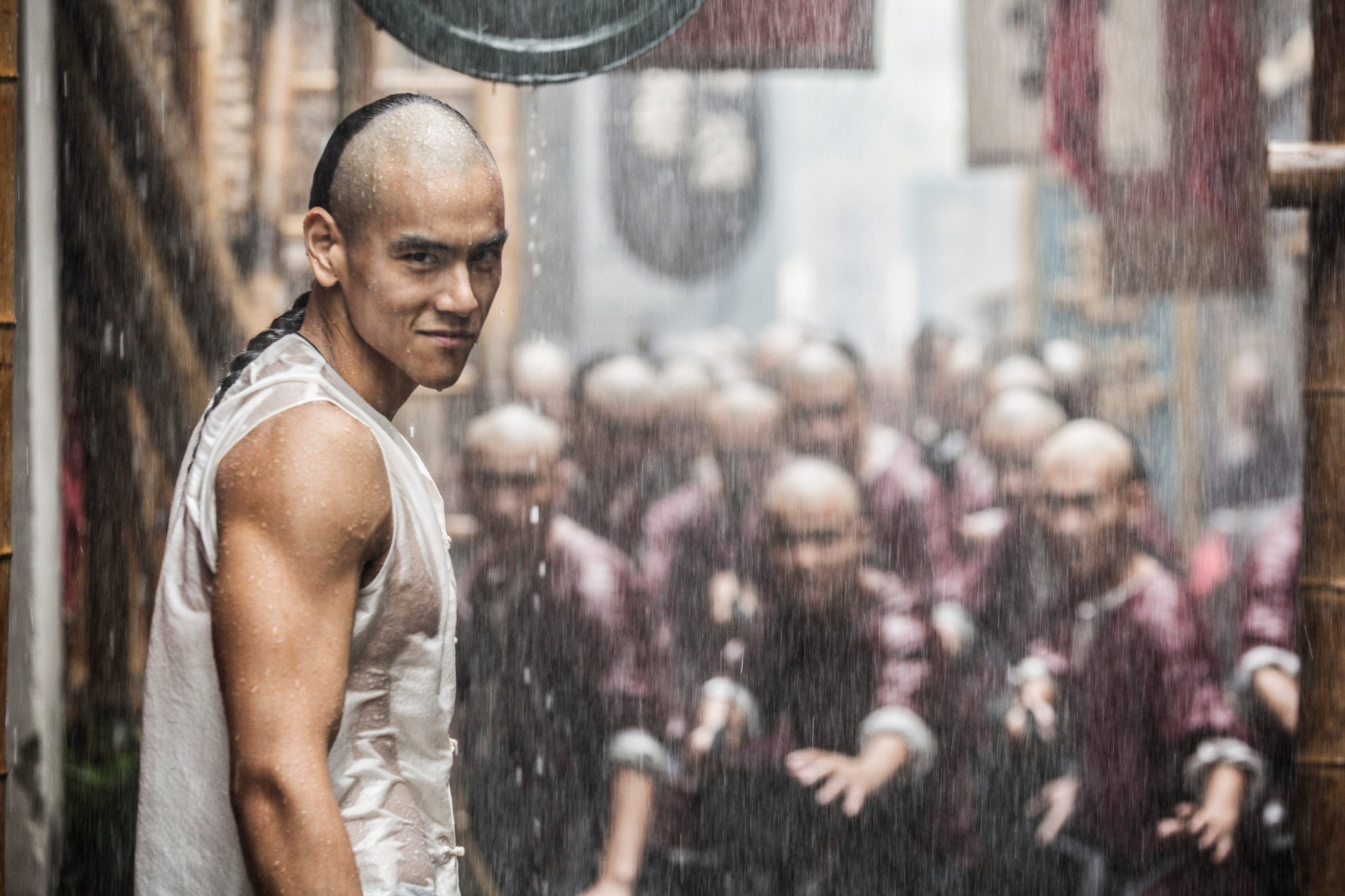
Although likely apocryphal, the book gained popularity and was turned into a well-received radio drama prior to filmmaker Wu Pang choosing Wong for a cinematic adaptation in 1949. By the early 1960s, over 60 movies had been produced with this character, typically portrayed by Wong.
Hong Kong actor Kwan Tak-hing
Over time, this transformation turns a “reckless hero” into a much more compassionate character, as noted by Po in the HKFA’s “Mastering Virtue: The Cinematic Legacy of a Martial Artist,” published in their 2012 anthology.
Po states, “This individual wasn’t a warrior; he’d only engage in combat when absolutely necessary. Instead, his focus was on instilling discipline, respect, and honor in his pupils, which were qualities that society greatly valued back then.”
Among the blockbusters was
Wong Fei-hung’s Competitor for the Fireworks
Released in 1955, this film became so immensely popular that an additional 27 Wong Fei-hung movies were produced within the subsequent year. In the years that followed, numerous more films and TV series featuring Wong flooded the market. Although his character underwent occasional modifications for comedic effect—such as when
Jackie Chan
took on the
Drunken Master
played a key role and pioneered the action-comedy genre with the 1991 Tsui Hark epic.
One upon a time in China
, that something shifted.
Played by a young
Jet Li
Wong Fei-hung is portrayed as a dedicated warrior focused on correcting societal injustices and avenging threats to his country. This concept resonated with the era’s sentiments, leading to six follow-up productions and a TV series.
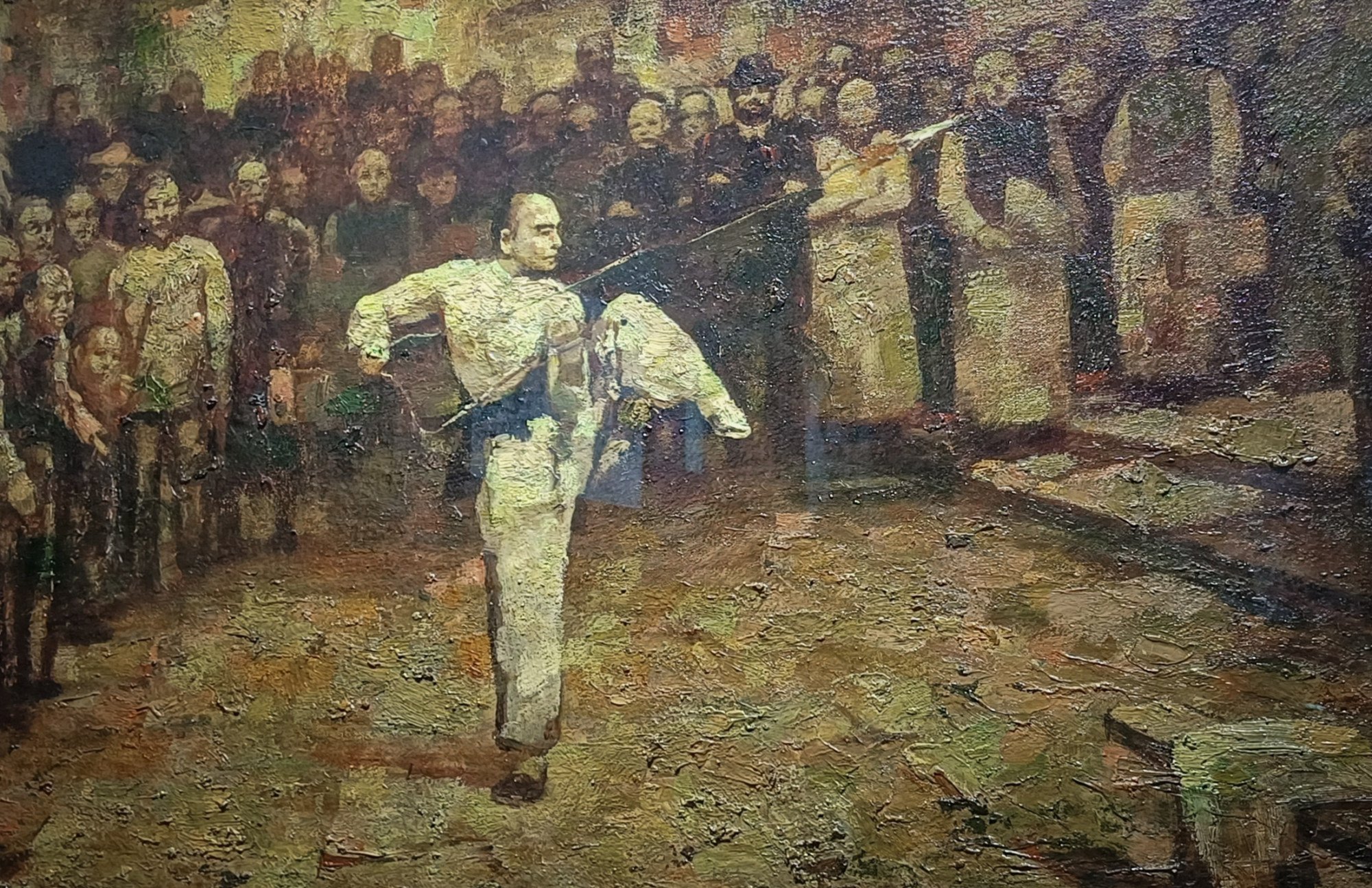
“What we’ve observed throughout the years is that Wong’s character mirrors the sentiments of society, thus in
One upon a time in China
We now possess newfound confidence, reflective of Hong Kong during that period,” states Po. “However, this portrayal shows Wong as a youthful figure, leading groups of fighters, and actually, very little is known about him in real life from that time.
Nansun Shi, who jointly produced the
Once Upon A Time
The franchise indicates that Tsui conceived the idea for the reboot. However, upon conducting thorough research and delving into the vast archives, the director discovered that very few details were available about Wong’s formative years or events from that period of his life. This realization provided the creative team with considerable freedom as they explored more about Wong’s background. Their investigation into Wong’s philosophies offered valuable insights into his personality.
The individual in question was quite broad-minded,” states Shi. “His birth coincided with a grim era, the Qing dynasty, which foreign nations recognized as a vulnerable regime and thus sought to exploit China for all they could. The government itself lived in fear during this time. As a result, numerous external elements such as commerce, missionary activities, and military forces began pouring into the country.
Many Chinese people tried their best to avoid interacting with foreigners. However, Wong rejected ancient Chinese legends and beliefs. He chose to educate himself on every modern development occurring within his country, ranging from advancements in medical technology to the functioning of governmental systems. Nonetheless, he maintained strong adherence to conventional Chinese principles such as devotion, reverence for one’s parents, and esteem for senior citizens.
Regardless of whether Wong truly engaged in combat as frequently depicted in contemporary portrayals of his life, Po questions this and finds it paradoxical that a confirmed incident where Wong participated in warfare has not been thoroughly showcased in major films.
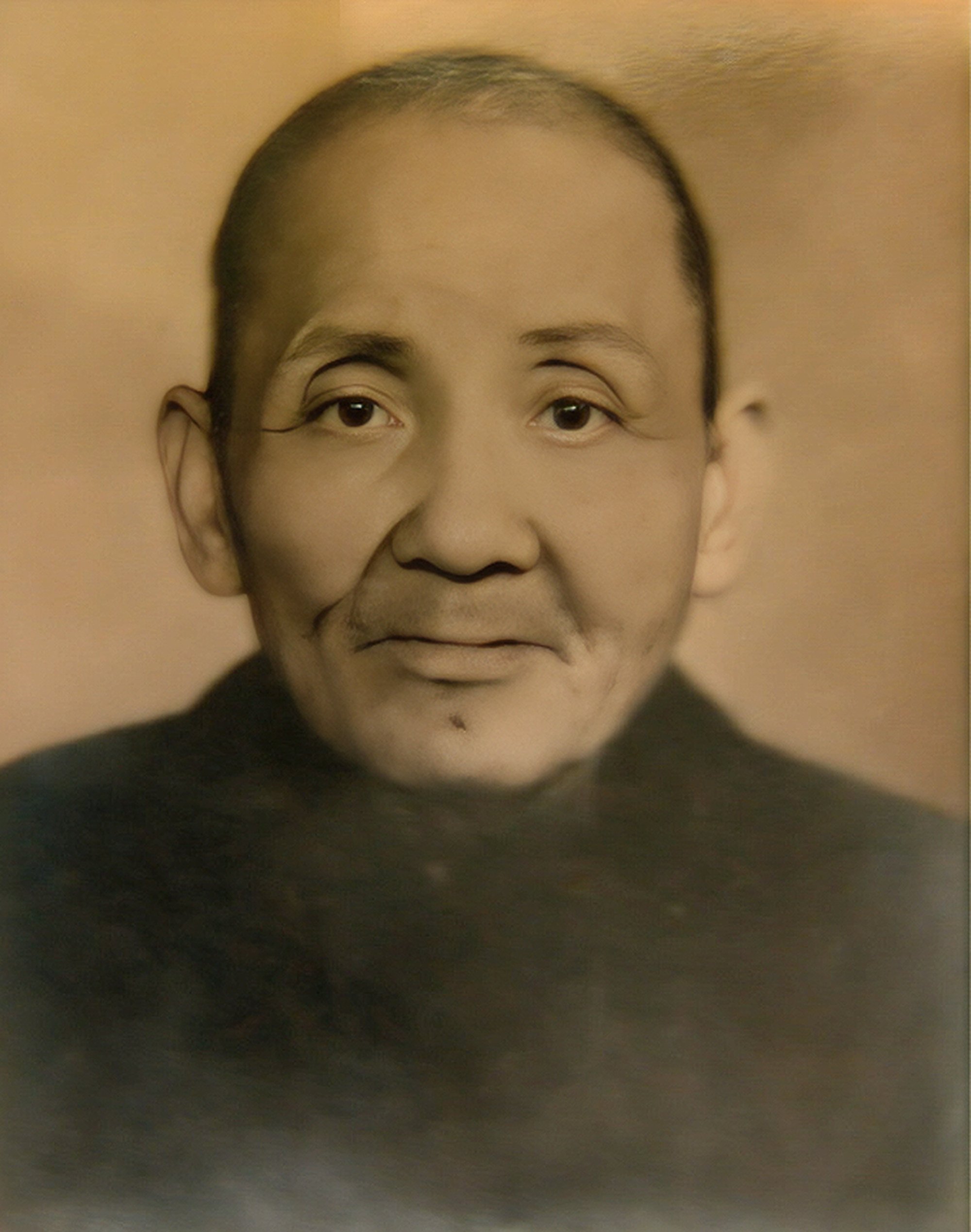
Records indicate that he coached the Black Flag Army, a militia established under the warlord Liu Yongfu during the Qing dynasty,” explains Po. “He taught them combat skills and accompanied them in battles against the Japanese invaders who had occupied Taiwan.
Wong’s hometown of Luzhou has become part of the expanded Foshan city, which is one of the rapidly growing urban areas in South China. The population here surged from approximately 100,000 in 1950 to nearly 8 million people currently.
In 2002, the local administration expanded the Foshan Zumiao Museum, incorporating areas dedicated to the history of martial arts. This expansion features a section honoring
Ip Man, who hails from Guangdong
who taught
Bruce Lee
, along with the Foshan Wong Fei-hung Memorial Hall, constructed featuring a intricately carved roof in the Lingnan style, aiming to recreate the appearance of Wong’s residence and pharmacy as they may have been in his time.
In today’s time, visitors can get to the museum from Hong Kong within approximately 90 minutes using high-speed rail followed by a taxi ride. During a recent weekday afternoon, the premises were bustling with several hundred individuals scattered throughout, relaxing beneath old trees or meandering through the museum’s various temples, galleries, and pathways.
Wei Huazhi, a tour guide hailing from Shandong province, received his education at the University of Macau. He delights in sharing insights about the museum’s highlights with us as soft rain drifts down outside.
She remarks, ‘It’s a truly unique spot where individuals can pray at our shrines, get blessed, and gain deeper insights into these renowned figures.’
Wong-specific presentations assemble fundamental information about his life, complemented by narratives shared by individuals inspired by him. Additionally, these exhibitions explore his impact on pop culture, tracing Wong’s appearances across various mediums including comics and film.
The memorial hall showcases a painting found in 1975 and believed to depict Wong. However, it was subsequently confirmed that the subject of the artwork is actually Wong’s fourth son, Wong Hon-hei. Despite this, the memorial also houses several evocative watercolors created by former national artist Lin Yongkang.
These visuals provide us with our best chance to visualize how Wong may have appeared, yet the main attraction for many visitors consists of the three daily performances of martial arts and lion dances held in the courtyard outside the Wong Memorial Hall. These demonstrations are carried out by groups affiliated with the Foshan Nanhai Wong Fei-hung Zhonglian Cable Dragon Lion & Martial Arts Association. On this particular day, it’s so crowded that one can barely find space to stand; approximately 300 individuals fill a tiny platform area and line up around the edges, all holding their smartphones poised to capture the action.
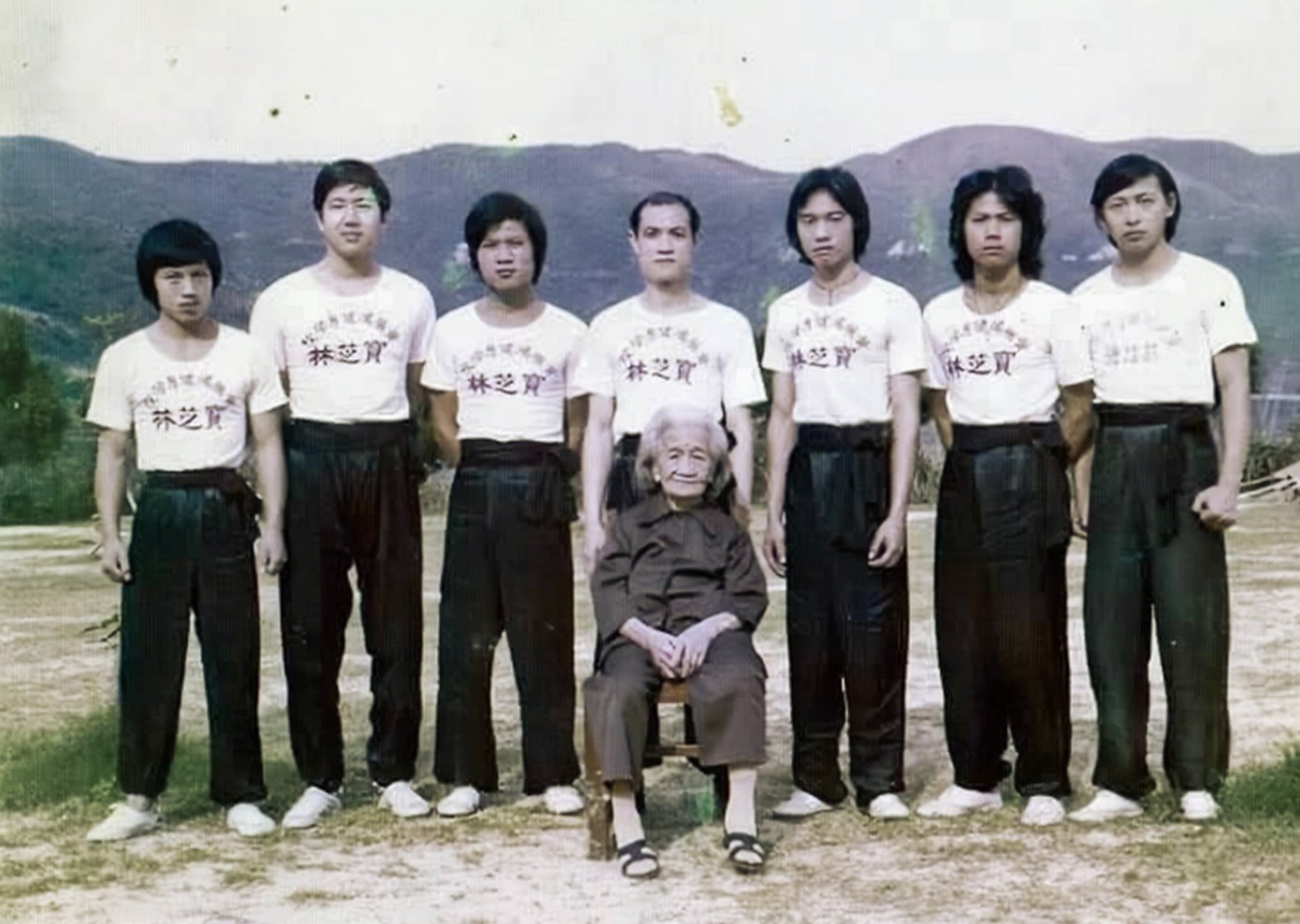
Tour guide Wei affirms that this remains consistent each day, with exhibits crafted not only to engage but also inform the audience about Wong’s heritage.
Li Nianzhong, the chairperson of the organization, collaborates with the lion dance troupes together with Wu Zhongquan, a fourth-generation martial arts practitioner whose ancestry leads back to Lam Sai-wing, a disciple of Wong until the master’s passing.
Li points out that Wong pioneered innovative techniques in lion dancing by seamlessly integrating martial arts movements, featuring impressive aerial jumps. This was particularly appealing for martial artists looking for additional ways to earn money. His instruction emphasized values such as respect and submission.
“Li believes that younger generations can benefit greatly from emulating Wong Fei-hung,” he states. “Wong wasn’t just modest and diligent; he set exemplary standards in ethical conduct as well. Working as a healer specializing in healing fractures and bruises, he provided medicines free of charge to those who couldn’t afford them and did not ask for payments for his services. Furthermore, as an accomplished martial artist, he stood up against bullies to protect the weak. Additionally, Wong earned the title of a national hero through his battles against Japanese aggressors alongside Liu Yongfu, commander of the Black Flag Army, in southern Taiwan.”
After Wong passed away, his fourth wife, Mok Kwai-lan, found herself impoverished among his four spouses since everything had been depleted during the uprisings in Guangdong. However, Mok was also skilled in martial arts like her late husband.
mok gar
Mok practiced a style of Kung Fu and managed to earn a livelihood by imparting her expertise. Eventually, a group of her husband’s disciples from Hong Kong provided her with sanctuary. By approximately 1936, she established both a martial arts academy and a Po Chi Lam orthopedic clinic. The clinic remains operational today in Shau Kei Wan among the few surviving old-style apartment buildings, sustained by the dedication of the now 85-year-old Li Chan-wa.
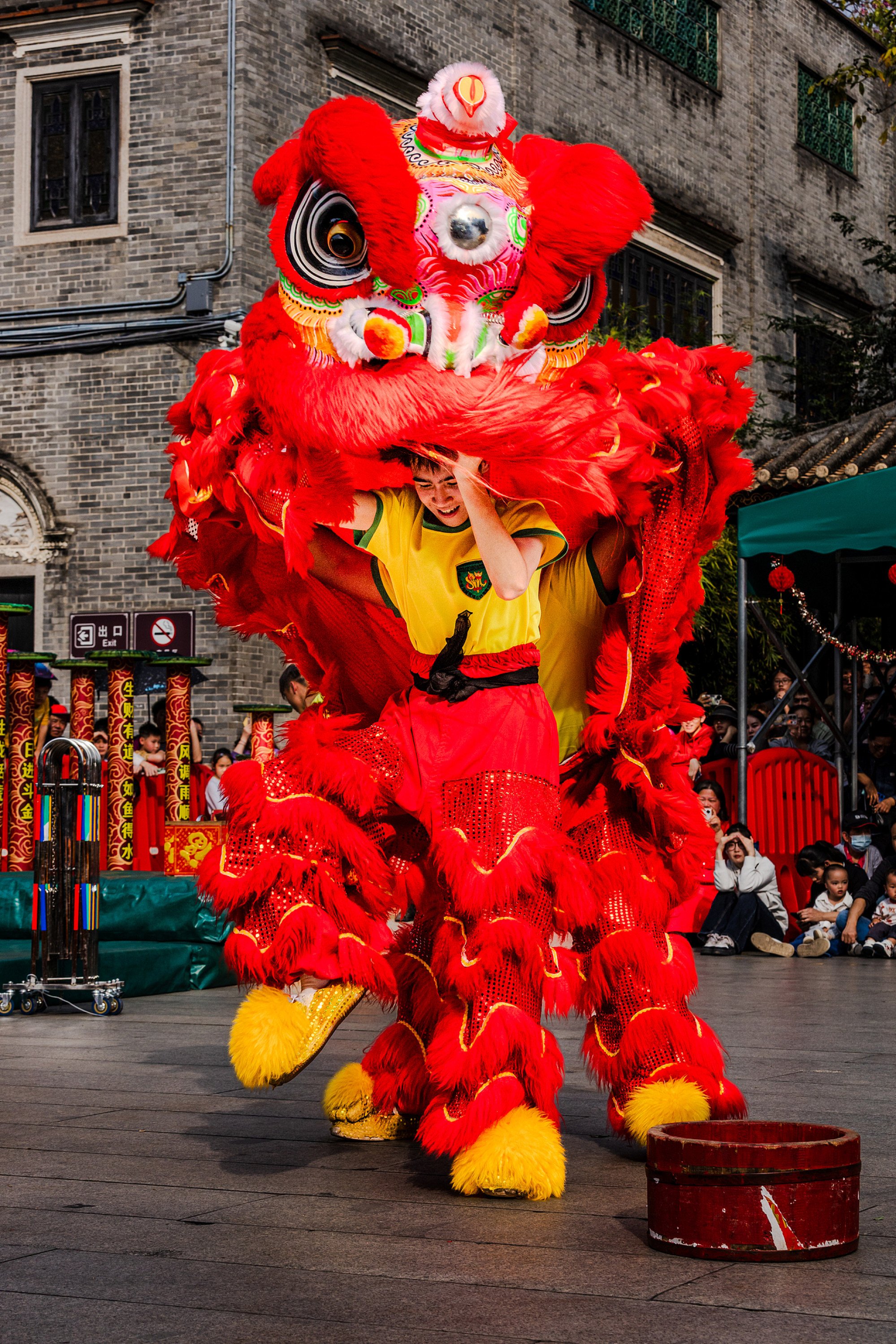
Mok, who passed away at the age of 90 in 1982, took Li under her tutelage and shared with him her expertise in martial arts and bone healing techniques. “She even asked me to refer to her as my mother,” recounts Li, as he sits on a wooden bench beneath a large portrait of Mok hanging on the wall.
“My family faced difficult circumstances following World War II,” explains Li. “Since my mother was unwell, Mok took me in and raised me as though I were her very own child. A key lesson from Wong Fei-hung’s teachings was about mutual support among individuals, which is precisely what she chose to do.”
Mok, who was featured in the 2011 TVB television series
Grace Under Fire
Was based, instructed the young Li in her martial arts, yet seldom spoke of her spouse, an omission that suited Li just fine.
His techniques and philosophical approach to martial arts are well-known,” states Li. “However, very little information exists about the man himself. Perhaps this is what makes him a hero—people can imagine him as whatever they desire him to be.
More Articles from SCMP
Could US tariffs aimed at undermining Hong Kong’s ‘very existence’ actually strangle its economy?
U.S. satellite alert, Chinese universities lead semiconductor research: SCMP daily summary
Three individuals were detained in Hong Kong for their involvement with counterfeit ‘bonds’ worth approximately HK$500 million.
John Lee from Hong Kong visitsHangzhou to enhance technological and economic connections.
The article initially appeared on the South China Morning Post (www.scmp.com), which is the premier source for news coverage of China and Asia.
Copyright © 2025. South China Morning Post Publishers Ltd. All rights reserved.
